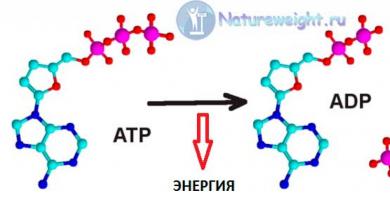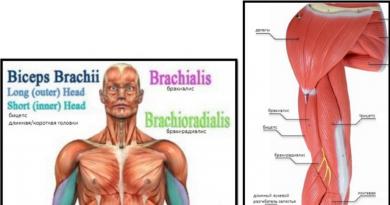(2
ratings, average: 5,00
out of 5)
In order to rate a post, you must be a registered user of the site.
In this article, we will talk with you about one of the most common nutritional supplements in sports, namely creatine, what it is for and what effect you can expect from taking it.
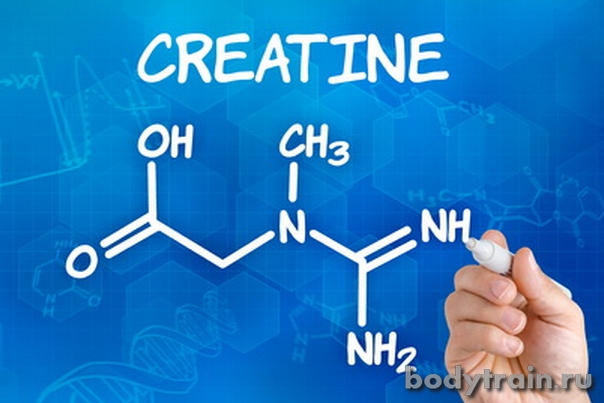
Creatine - what it is for, what it gives, the benefits of using it
Until the nineties of the twentieth century, nothing was known about creatine. And only at the 1992 Olympics in Barcelona were the so-called "creatine loadings" applied. Athletes using creatine have shown outstanding results.
Creatine: what is it for and its role
Despite the fact that the widespread use of creatine began in the 90s, it was discovered in 1832 by the Frenchman Chevrel. And later in 1926, its beneficial properties were proven - such as nitrogen retention, the growth of human strength and mass.
Creatine plays a critical role in energy metabolism as well as muscle contraction. It is produced in our body in order to replenish energy reserves. 98% of creatine is found in human muscle tissue.
Muscle contraction requires energy. The universal source of energy in the body is the ATP molecule (in the process of its breakdown, energy is released). The supply of ATP molecules in the muscles is limited and requires constant replenishment. Muscles have several ways of recovering energy: the breakdown of creatine phosphate, glycolysis, and the oxygen oxidation of organic substances inside cells.
Creatine phosphate is able to restore the ATP molecule. Such a source of energy reproduction is triggered at the initial stage of muscle work, until more powerful processes of restoring ATP reserves are activated - glycolysis and oxidation.
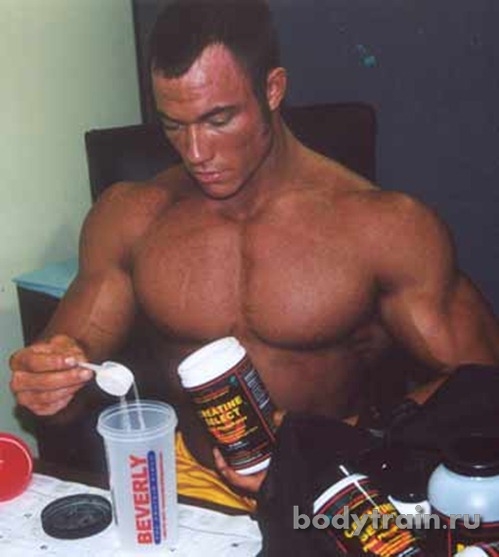
Thus, muscle strength depends on the concentration of ATP molecules, and hence on the content of creatine phosphate. Taking creatine as a dietary supplement increases the level of creatine phosphate in the muscles. And the higher the reserves of creatine in the muscles, the faster the rate of ATP recovery and the higher the energy potential of the muscles. This means that the strength that you can develop in the exercises will increase.
In addition to the fact that creatine can be used in its free form, it also enters the body with natural food.
| Product | Creatine content |
| Herring | 7,0-10 |
| Pork | 5,0 |
| Beef | 4,5 |
| Salmon | 4,5 |
| Tuna | 4,0 |
| Cod | 3,0 |
| Fruits | 0,02 |
| Berries | 0,02 |
| Vegetables | 0,01 |
| Milk | 0,01 |
As you can see, these are quite small dosages, taking into account the fact that a person who does not go in for sports spends 2-3 g of creatine per day. Athletes, of course, spend much more. The body of an athlete contains from 100 to 150 g of creatine. Because exercise lowers creatine levels, it needs to be replenished.
Creatine: what it gives, the benefits of taking it
- increase in explosive power
- improved muscle recovery
- less fatigue
- athlete weight gain
- increase in muscle volume
As for the developed strength, it is clear (increased muscle energy contributes to the development of greater strength). But it is important for a bodybuilder to lift a lot of weight and do it for a long time - it is this load that stimulates the growth of muscle volumes. And that means that strength endurance is also important to him. Due to the retention of water in muscle cells, their volume increases. This allows you to improve muscle tone, muscle tension, which means it will allow you to train better. The performance of the training increases.
By taking creatine, you increase muscle energy, which makes it possible to increase the intensity of training - train a little more, rest less, increase working weight, etc. All this undoubtedly works and gives muscle growth and strength.
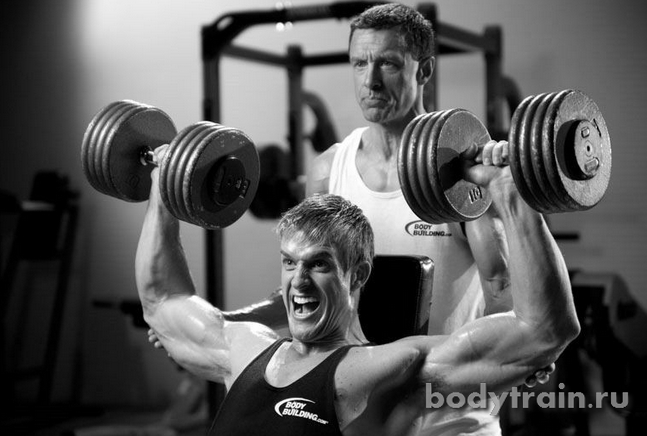
Creatine increases the intensity of your workouts
After cessation of creatine intake, body weight gain decreases due to an increase in water excretion from the body. However, due to better training performance during the period of supplementation, real progress in muscle mass remains.


